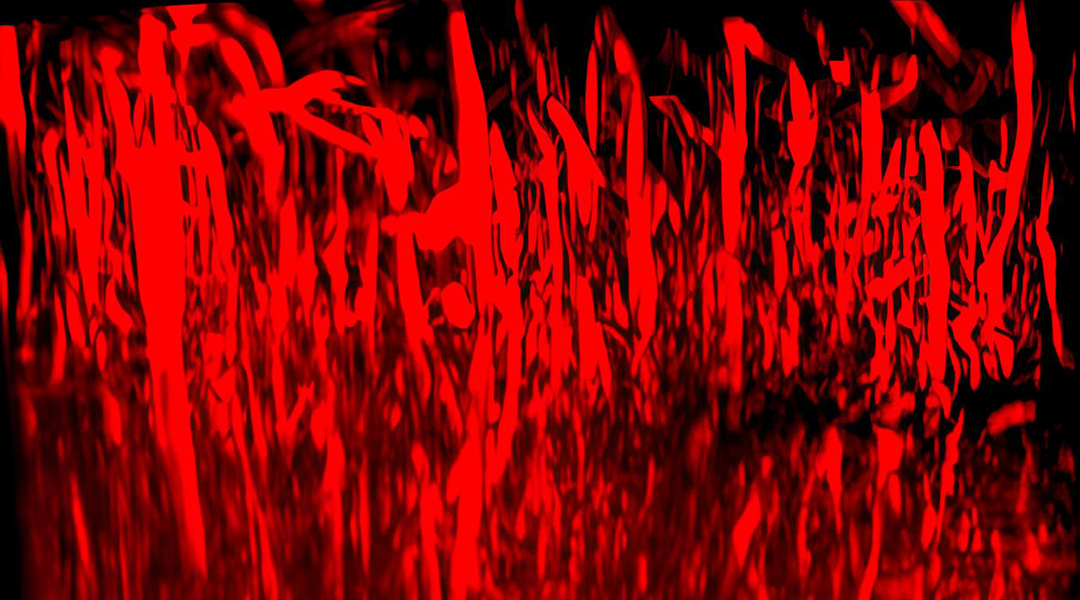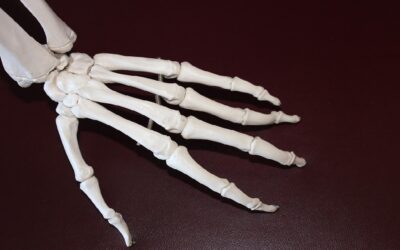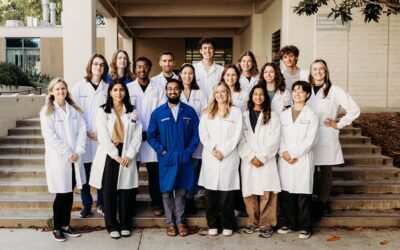Researchers in Korea have developed a technique to regrow blood vessels in the brain after a stroke, using a gelatinous hydrogel that can be infused with therapeutic molecules and directly injected at the site of injury.
An ischemic stroke, a catastrophic blockage of blood flow to the brain, is often fatal, and even when a patient survives, the likelihood of life-altering brain damage remains high. “Stroke was the second leading [global] cause of death in 2019, responsible for 11.6% of all deaths,” said Sunggu Yang, a researcher at Incheon National University in Korea and lead scientist on the study published in Advanced Healthcare Materials describing the hydrogel treatment.
“Ischemic stroke is a condition caused by blocked blood vessels, which prevents the supply of nutrients and oxygen, leading to damage to brain tissue,” Yang added.
Current treatments for ischemic stroke are relatively crude, focusing on removing the blockage using drugs or invasive tools like stents or catheters. While clearing the blockage is crucial, it does nothing to repair or restore the damaged blood vessels or brain tissue, leaving the affected area vulnerable to impaired blood flow and a higher risk of another stroke.
“Therefore, the key to treatment is regenerating blood vessels,” said Yang.
Getting past the blood–brain barrier
Angiogenesis, the process of regenerating new blood vessels, can be promoted in the body using molecules called angiogenic factors. These are growth factors and other products that the body produces to signal and stimulate blood vessel growth.
However, the problem when it comes to using them to treat the aftermath of a stroke lies in effectively delivering these molecules to the brain. “The brain has a blood–brain barrier that protects penetration of drugs,” said Yang.
This barrier protects the brain from infection by preventing most molecules in the blood from entering, but it also blocks lifesaving medications.
Injections can bypass this barrier, but brain cells often break down the medications quickly. To overcome this, they need a carrier — a kind of Trojan horse — that can not only bypass the barrier but also protect the medication while it carries out its work.
For this the team turned to hydrogels.
Hydrogels are a type of polymer, which are substances built from long chains of molecules. Some forms of hydrogel are increasingly used in biomedical applications because they do not provoke immune reactions, are biodegradable, and can be loaded with biologically active molecules.
“When the drug is delivered using a hydrogel, the hydrogel acts as a protective carrier,” said Yang. “The drug slowly diffuses out of the hydrogel over time, and the hydrogel protects the drug until it fully degrades.”
Yang believed that this sustained release would assist in stroke recovery without the need for multiple injections.
Repairing damage, restoring blood flow
To test this idea, the team administered the hydrogel treatment directly to the brain in a rodent model for ischemic stroke. “Our injectable hydrogel, with angiogenic factors, was highly effective in promoting angiogenesis and improving [motor] function,” said Yang.
Surprisingly, tests showed that the hydrogels alone also promoted some blood vessel growth and improvements in sensory and motor functions. “Our findings imply that the hydrogels themselves might support angiogenesis, which may aid tissue regeneration and enhance sensorimotor functions,” said Yang.
While promising, there remain several questions to answer. For example, the team must determine the rate at which the gel actually degrades in the body. Until then the researchers can’t say how quickly and how far the drug cargo will spread.
“This makes it challenging to determine the optimal hydrogel volume and the specific region of the lesioned area for injection to maximize the effectiveness of stroke treatment,” Yang explained.
The team Is also exploring combinations of growth factors and molecules that promote the regeneration of brain tissue that was lost during the stroke as well as blood vessels. Restoring blood flow prevents further damage but regaining lost brain cells would further improve a patients chances at full recovery.
The hydrogels still need to move through clinical trials before they are ready for use in humans, but this study adds to the growing potential for hydrogels as drug delivery systems for those hard-to-reach places in the human body.
Reference: Jae Geun Kim, Kwang Hoon Song, Sunggu Yang, et al. Minimally Invasive Syringe-Injectable Hydrogel With Angiogenetic Factors for Ischemic Stroke Treatment, Advanced Healthcare Materials (2024). DOI: 10.1002/adhm.202403119
Feature image: 3D images of blood vessels grown induced by the GNF/GF hydrogel. Credit: Jae Geun Kim, Kwang Hoon Song, Sunggu Yang et al














